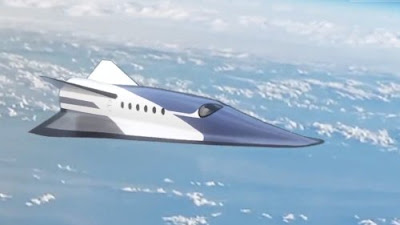Pink Cloud of Baby Stars
NASA's Hubble Space Telescope Discovery
A Star is Born
The Hubble Space Telescope has just discovered and provided spectacular images of a dazzling pink cloud that is a birthplace in the universe for massive stars. The cloud is known as LHA 120-n 150. It's a cloud of dust and gas surrounded by sparkling young stars. You might call it a "space nursery" for baby stars.
Distant Views into Space.
The pink cloud is located near the Tarantula Nebula, which is a known hot spot for star formation. The images that Hubble is now providing to astronomers will help them learn how massive stars are created. Astronomers' theoretical models indicate that massive stars should form within clusters. But astronomers are now learning through observation that at least 10% of massive stars form in isolation in space.
Time Tunnel into the Past
Hubble is a joint project between NASA and the European Space Agency. Eight years ago, it started providing humanity with the most distant views into space ever achieved, including images of 5,500 new galaxies. Some of the galaxies are nearly as old as the universe, which is estimated to be 13.7 billion years old. The galaxies are 13.2 billion light years away, meaning their light takes 13.2 billion years to travel to Earth. NASA calls the images that Hubble has and is providing "a time tunnel into the distant past." The images take us back more than 13 billion years in time.
For a free sample read of my latest book on space news "Bargain Space Trips", go to https://read.amazon.com/kp/embed?asin=B085N5M8RT&pre amazon.com/author/ekane
 |
| Source: NASA's Hubble |
A Star is Born
The Hubble Space Telescope has just discovered and provided spectacular images of a dazzling pink cloud that is a birthplace in the universe for massive stars. The cloud is known as LHA 120-n 150. It's a cloud of dust and gas surrounded by sparkling young stars. You might call it a "space nursery" for baby stars.
Distant Views into Space.
The pink cloud is located near the Tarantula Nebula, which is a known hot spot for star formation. The images that Hubble is now providing to astronomers will help them learn how massive stars are created. Astronomers' theoretical models indicate that massive stars should form within clusters. But astronomers are now learning through observation that at least 10% of massive stars form in isolation in space.
Time Tunnel into the Past
Hubble is a joint project between NASA and the European Space Agency. Eight years ago, it started providing humanity with the most distant views into space ever achieved, including images of 5,500 new galaxies. Some of the galaxies are nearly as old as the universe, which is estimated to be 13.7 billion years old. The galaxies are 13.2 billion light years away, meaning their light takes 13.2 billion years to travel to Earth. NASA calls the images that Hubble has and is providing "a time tunnel into the distant past." The images take us back more than 13 billion years in time.
For a free sample read of my latest book on space news "Bargain Space Trips", go to https://read.amazon.com/kp/embed?asin=B085N5M8RT&pre amazon.com/author/ekane



Comments
Post a Comment